Dengue infections slowed down in September compared to the previous month, the data suggests.
The infection that peaked in August slowed down in the following month. Director of Epidemiology and Disease Control Division, Dr Rudra Prasad Marasini, attributed this decline to increased awareness at the local level and the implementation of the 'larva search and destroy campaign, which, as he said, helped contain the infection from further soaring in September. In August, there were a total of 13,840 infections and the number declined to 11,566 in September.
According to Marasini, the situation is not worrisome in almost all affected districts except Sunsari.
"We had projected the higher infection rates in August and September. But in September, the numbers did not rise further." So far of this year, the total infections stand at 35,223.
It has now spread to 78 districts, claiming 20 lives as of date. In 2022, there were a total of 54,784 infection and 88 casualties.
When mosquitoes of the Aedes aegypti and Aedes albopictus species of mosquitoes find the storage of clean water, they lay their eggs, and these eggs turn into larvae. After maturing into adults, these mosquitoes can transmit dengue fever when they bite.
Sunsari is head of the dengue infection with reporting over 16,080 cases so far this year, according to the Division. This figure is followed by 3,562 in Jhapa, 3,123 cases in Dhadhing 3,121 in Tanahu, 2,273 in Morang, 772 in Kaski, 764 in Kathmandu, 526 in Sankhuwasabha, 480 in Kailali and 445 in Dhankuta.




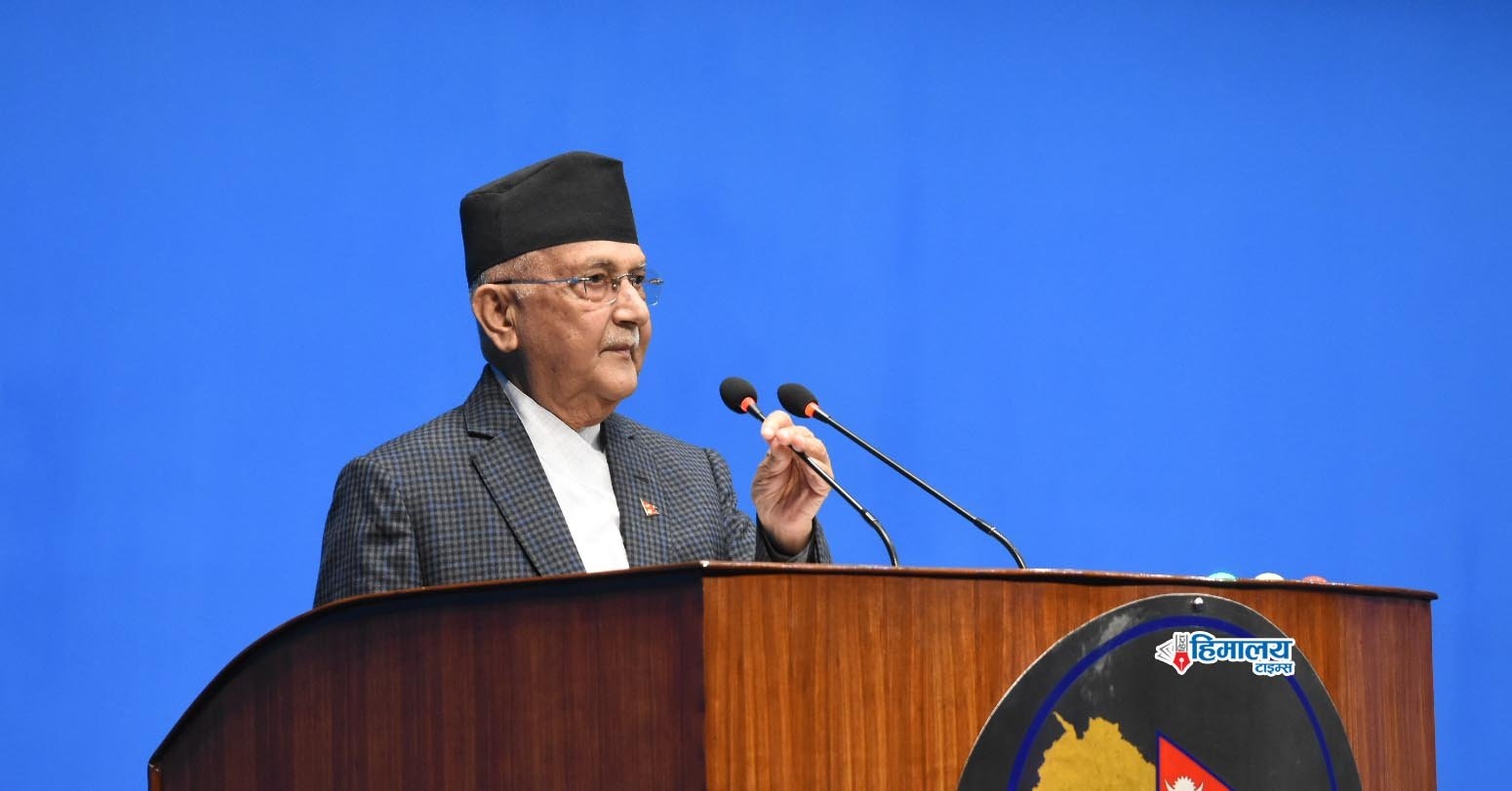


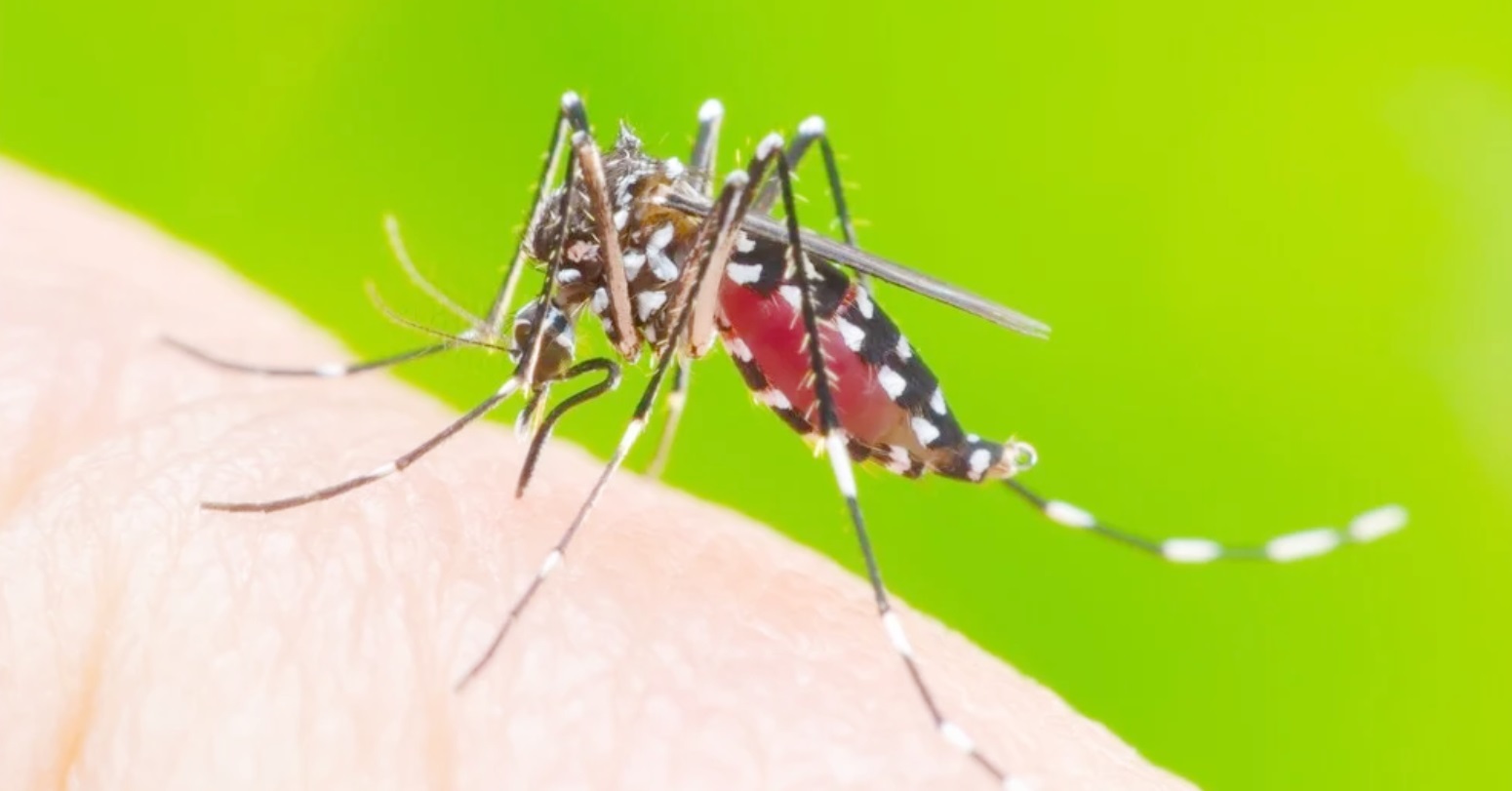
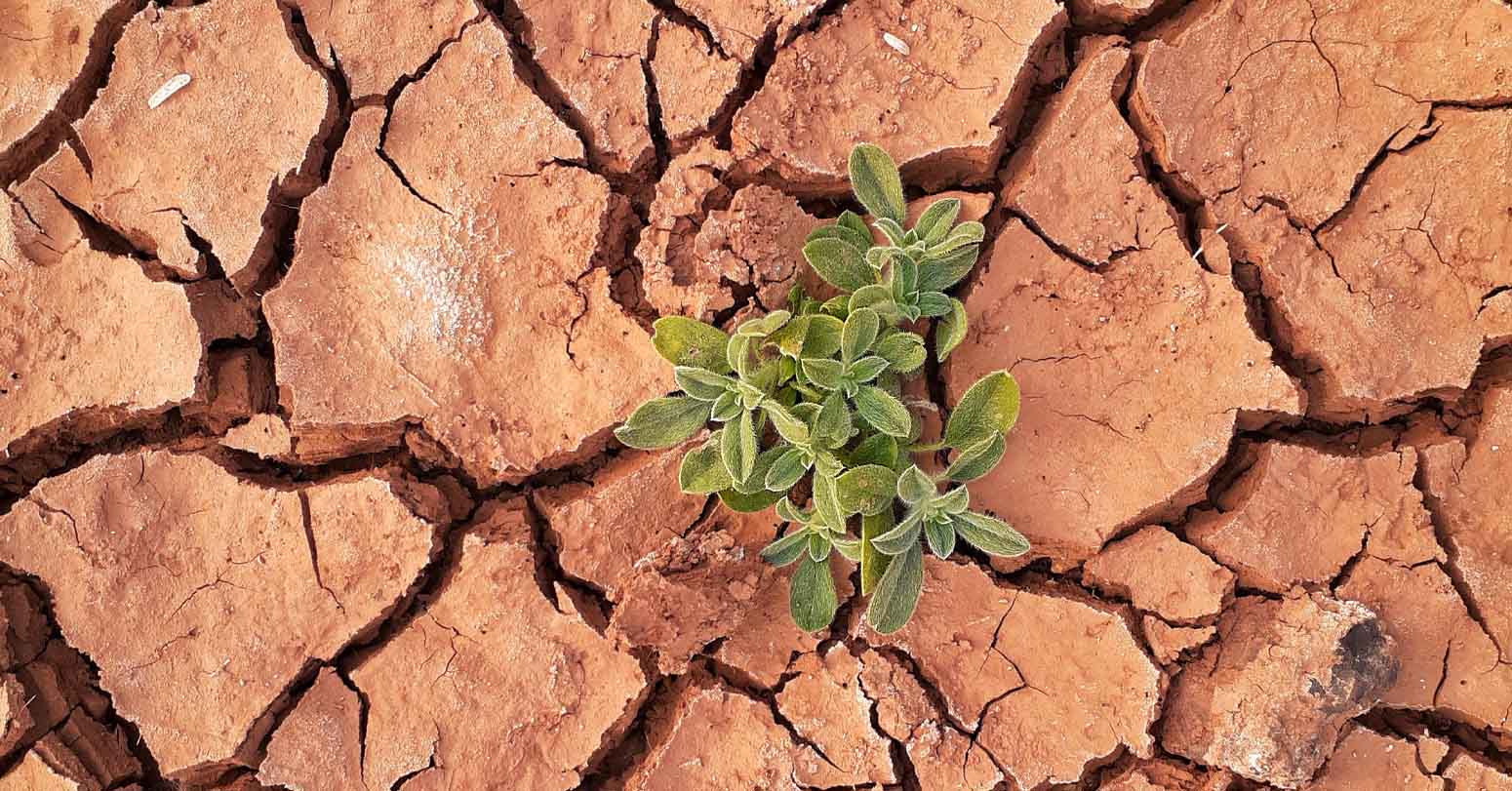
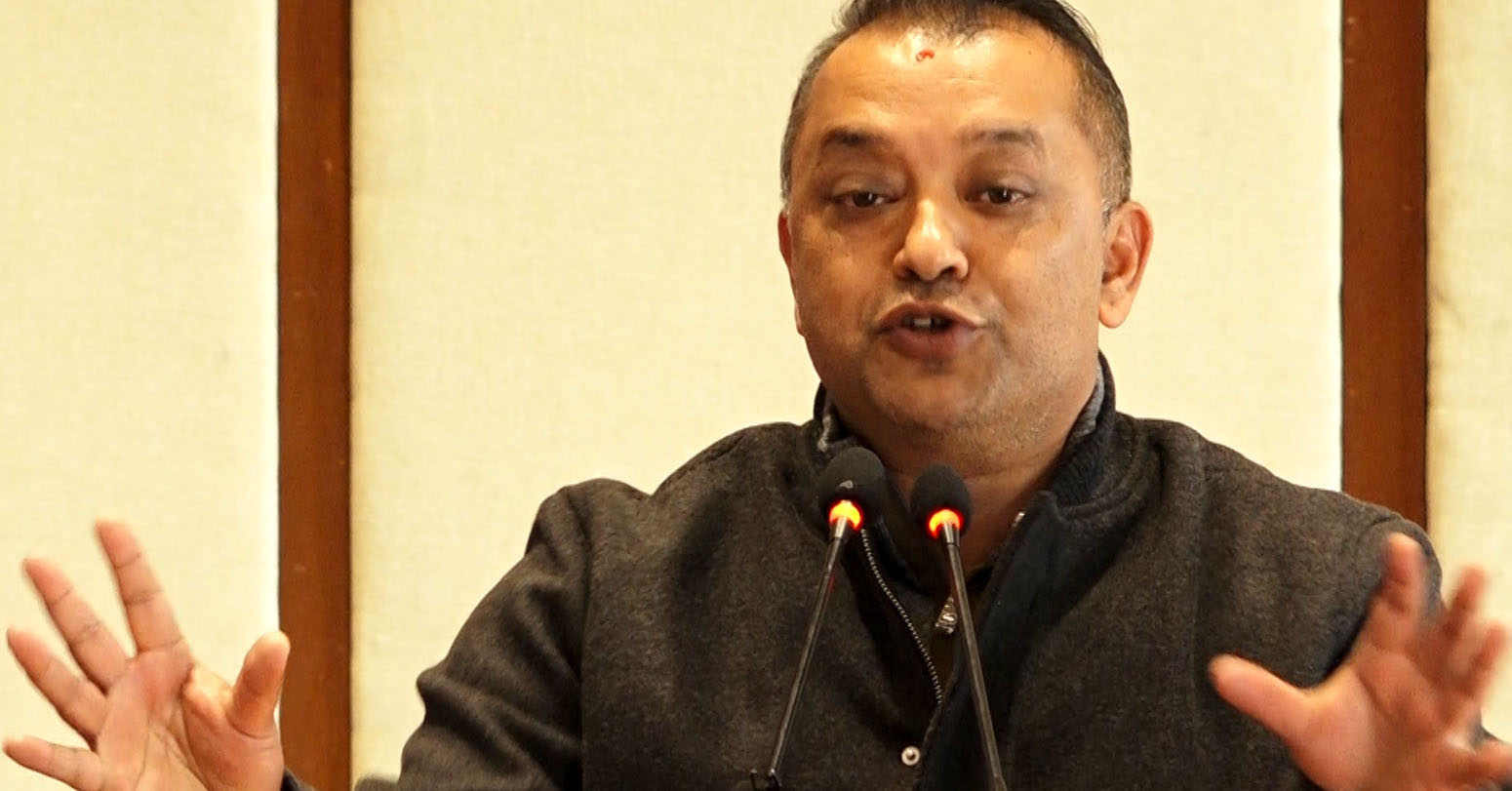
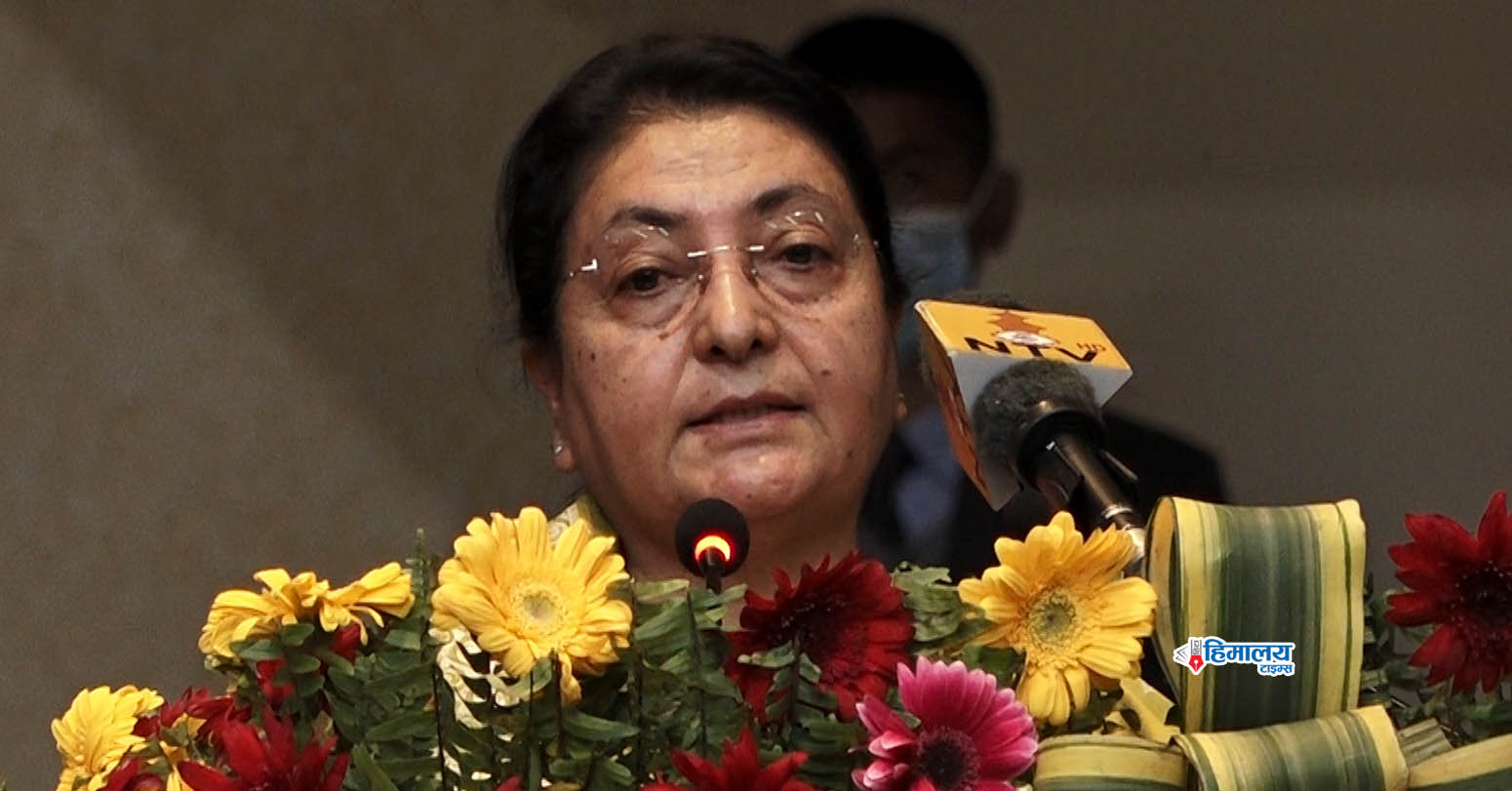

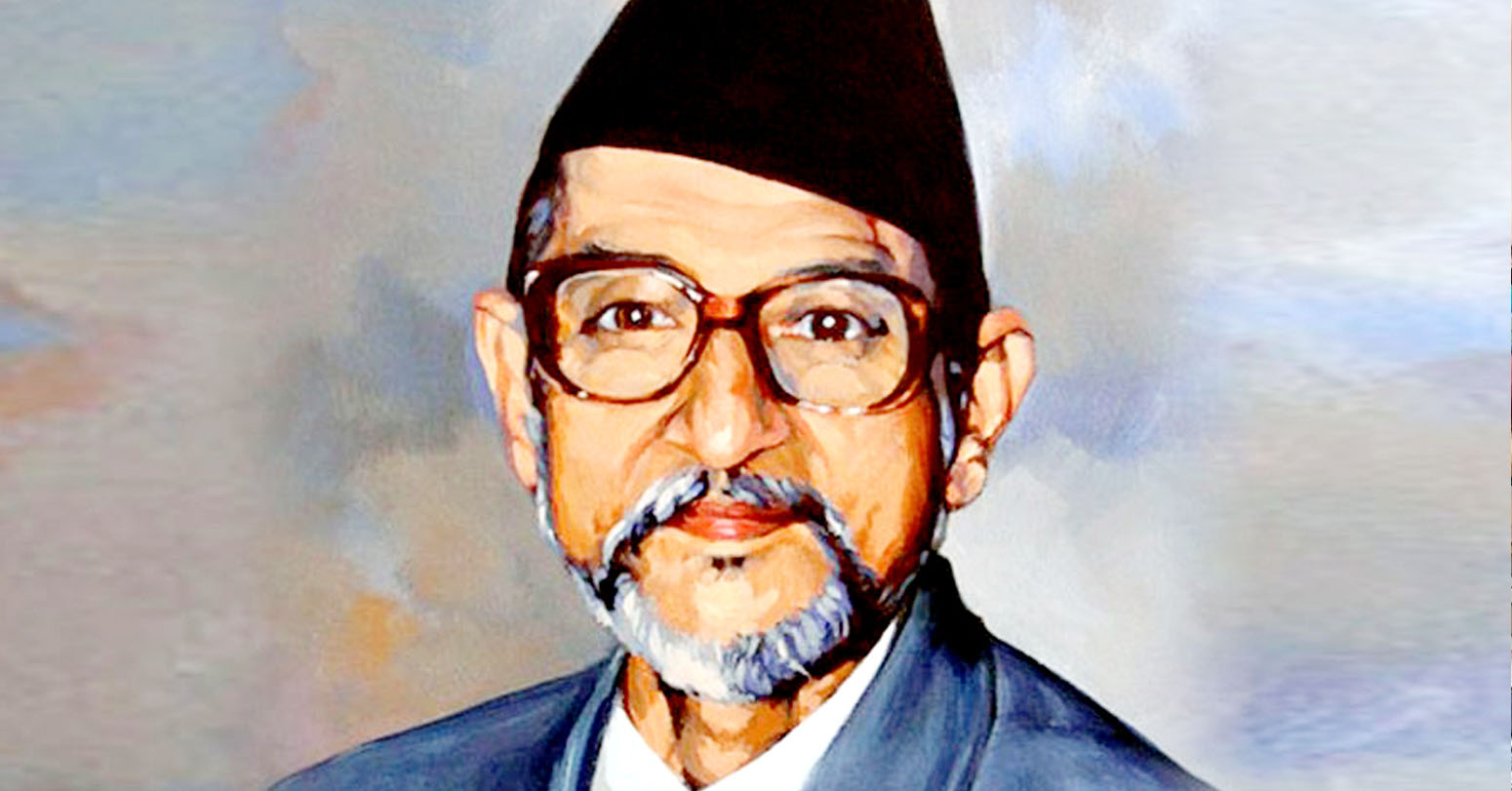



Middle-aged man spends millions to
Dr. Dharam Raj Upadhyay: Man
Breathing The Unbreathable Air
Comprehensive Data Protection Law Critically
Gender Differences In Mental Healthcare
Erosion of Democracy